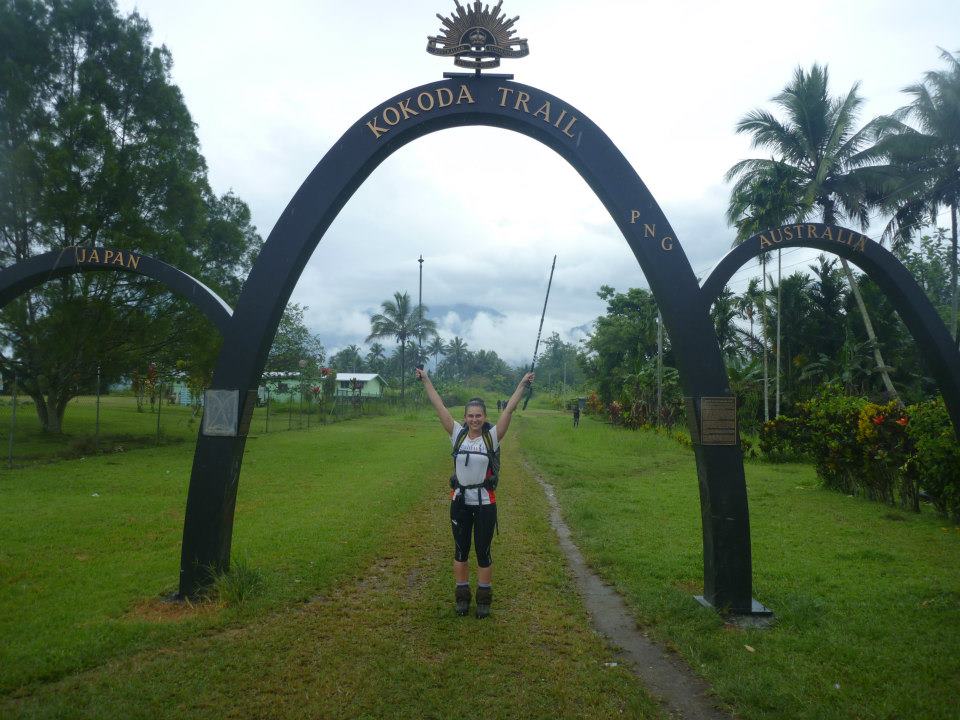
20 Feb BLISTERS
Blisters
Rubbing, itching, irritation, pinching, burning I think most adults in the world know what I am talking about. Blisters are so common, and know how to ruin your big walk or your important game. Blisters on your arm or leg are one thing, but the ones on the foot are a little more tricky considering we have to stuff our feet back in our shoes and run/walk on them. First, let’s talk about what to do when you get one. It’s important to assess which type of blister you are dealing with first.
https://www.sportspodiatry.com.au/podiatry-products/
The 4 stages of a blister:
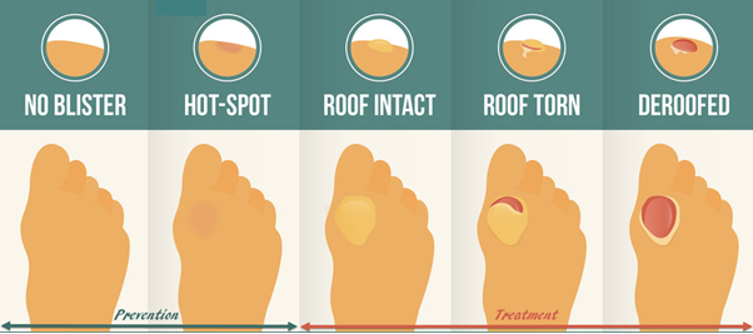
This Photo by Unknown Author is licensed under CC BY
-
- The hot spot– here she comes! Act now! Stop the friction and pressure NOW! Take your shoes off, look for anything that is not meant to be in there, dry your feet, apply some anti-blister balm, and put on some dry appropriate socks and plaster of some kind over the hot spot. If it is your new orthotics make that appointment to see your Podiatrist for a review and a small modification.
- The roof is intact – Good news, in this state you cannot get an infection. The blister juice is trapped inside and nasty bacteria can’t get in. Grab an island dressing (7cmx5cm seems to be the perfect size for most foot blisters) to protect it.
- The roof is torn: Oh no. Your body’s protective barrier has been compromised and fluid is leaking out. It is time to get out the betadine (Povidone Iodine) you are now at risk of infection. I find the liquid version is best. Keep the torn blister lid in place, it still gives some protection, then cover it with an island dressing.
- The de-roofed blister: OUCH. The raw fragile skin is exposed these are the most painful kind. You have the biggest risk of infection. Some liquid betadine with a hydrocolloid blister plaster is going to be best. This dressing mimics the roof of the blister and will encourage the wound to heal as fast as possible and give the raw skin some extra protection.
Here are a few hydrocolloid dressings available at our local Chemist: Band-Aid Advanced Healing for $8.49 (10 pack), Compeed Blister Plasters for $12.99, (5 Pack), Nexcare has waterproof bandages for $7.99 (10 Pack). They recommended you always use Alcohol swabs over the area to remove any excess skin oils before applying for the best result. Thanks, Steve and the team at Emporio Pharmacy for always looking after our patients with the best products and the best advice.
When to change the dressing:
Island dressing: when you see strike through or fluid/wetness/soiling on the outside of your dressing, germs can get in. This is the time for a new one.
Hydrocolloid dressing: these stay on for days and are waterproof. You won’t see strike-through with these but if the barrier is breached, or you see fluid leaking out, it’s time for a new one.
What does an infection look like?
If there is red streaking extending away from your blister, heat in the area, pain, and yellow/green fluid, you might have an infection. The first step is to use the topical antiseptics and keep it clean and covered, if things aren’t improving, it is time to see your GP for further medical advice.
Prevention
Friction, heat and sweat are the elements we are trying to control when it comes to blister prevention. Here are our top 4 tips:
Shoes: Most shoes require some level of breaking. Leather shoes in particular can be quite stiff when you first put them on and take some time to stretch and mould evenly. In saying this, if your shoes are far too small or big, not laced correctly or not wide enough, this may cause a blister or corn. Get fitted by a professional.
Socks: Quality socks are just as important as quality, well-fitting shoes. Sock technology has come a LONG way. Alana and I exclusively wear Injinji Performance socks for running/hiking. We love their toe socks. With each toe protected, skin-on-skin friction is eliminated and this is why they are the sock of choice for ultra-marathon runners. If toe socks are not for you, they have the normal kind as well. Invest in good quality socks, you will not regret it. Moisture wicking is essential, you do not want to be in wet socks for long.
Silipos: These silicone toe protectors saved my bacon in the Oxfam trail walk 75km in with 25km to go when I got blisters on the end of my swollen sausage toes. Covering the blisters, preventing them from popping, and stopping the pain so I could finish the event. I can not recommend these highly enough and I believe if you are going into any type of endurance event or long hike they should be in your emergency first aid kit.
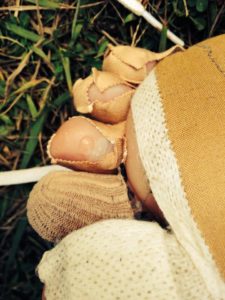
Blisters even happen to Podiatrists. A silicone toe cap or “silipos” can be seen on my second toe, and one is about to be put over my third. This allowed me to finish my event pain and infection free. Available in-store for $ 6 for the small size and $8 for the large size.
Anti-Blister Balm: No I am not talking about Vaseline or Paw-Paw ointment, this stuff is the cat’s pyjamas! Protect your feet and toes against rubbing and chafing with a dry, invisible, non-greasy barrier. Apply before you put on your shoes straight from the no-mess stick applicator. This stuff won’t ruin your shoes or socks and has Vit A and C infused into the balm to restore dry or chapped skin while you are at it. It is petroleum, lanolin and mineral oil free so it keeps your pores clogged free allowing your sweat to escape and your skin to breathe. It is allergen-free, plant-derived, vegan approved and child safe. The number 1 product on the market in our opinion. Tried and tested by me in sports shoes, hiking boots and new high heels!
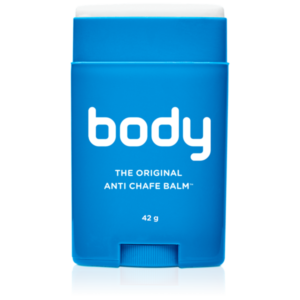
Sweat-resistant, water resistance all-day protection from chaffing and skin irritation caused by rubbing.
We are here to answer all your questions as well as assess your feet and shoes before your big event.
We are also happy to put a little blister prevention pack together for you with all these goodies. Please email hannah@sportspodiatry.com.au with your shoe size, type of shoes and the event you are participating in and I will customise it for your needs.

You can book an appointment on our website or call 5479 1211 remember we are open the first Saturday of the month now as well as outside of office hours on special requests.

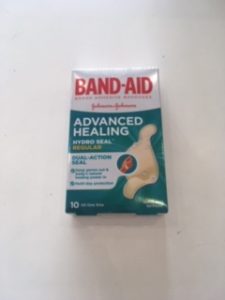
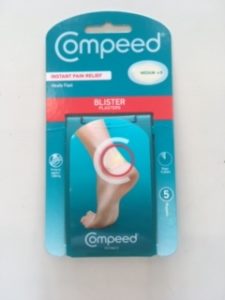
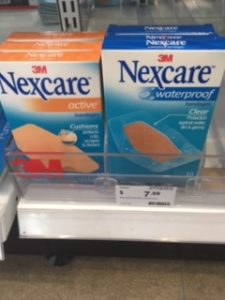
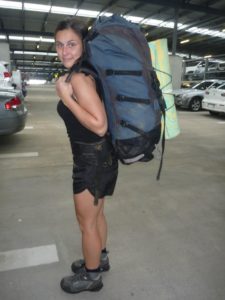
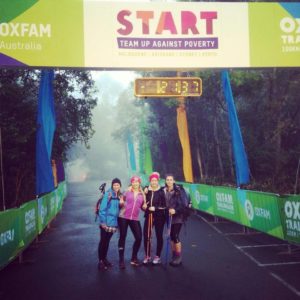
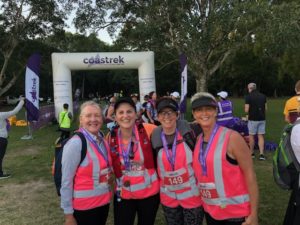
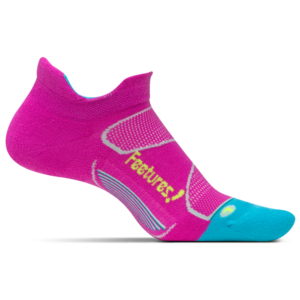
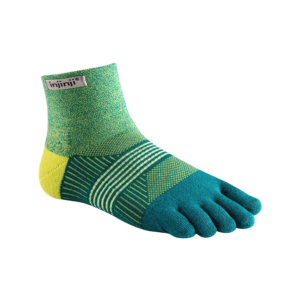
Sorry, the comment form is closed at this time.